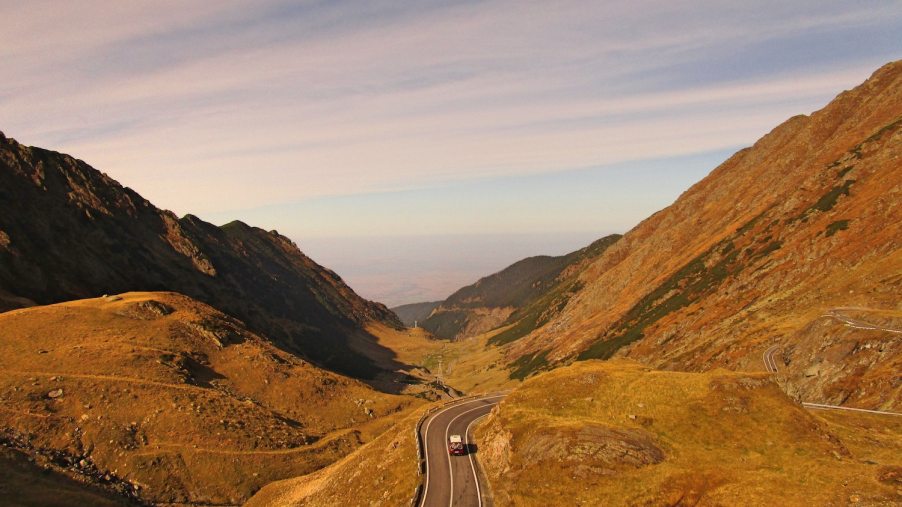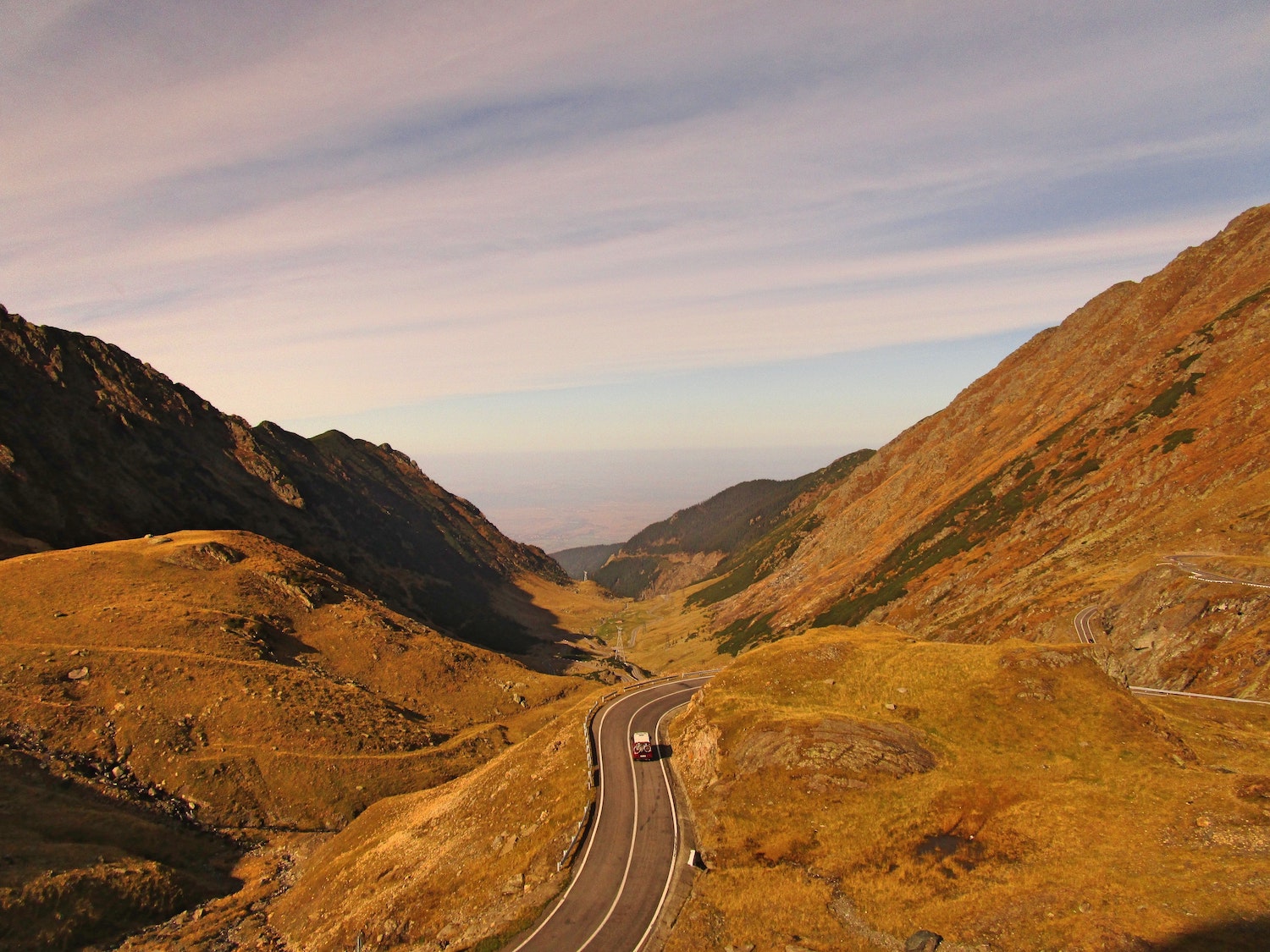
How Do You Adjust Your Tire Pressure for High Altitude?
If you road trip from a low altitude to a very high altitude, your tire pressure may increase two or three psi due to the elevation change. But some other surprising factors may cancel out this increase. In almost every situation, proper maintenance is measuring and adjusting your tire pressure like normal after you’ve arrived at your high-altitude destination.
How much does altitude affect tire pressure?
If you drive from sea level to 5,000 feet above sea level, you can expect your tire pressure to climb 2-3 psi. Likewise, if you descend 5,000 feet, your tire pressure will drop about 2-3 psi until you next adjust it.

Why does tire pressure change with your elevation? Simply put, it changes because the psi of the atmosphere around it changes.
At sea level, the air around you is pressurized to 14.7 psi by the atmosphere above it. But at 5,000 feet above sea level, there is less atmosphere compressing the air around you. Therefore, the air is pressurized to 12.2 psi.
Your tire is a closed system. Imagine you inflate your tire to 30 psi in San Francisco, then take a summer road trip all the way up to Denver. The tire has neither gained nor lost air molecules. But the pressure the atmosphere exerts on the outside of the tire has decreased, and those air molecules you brought from California can take up slightly more space.
When you pull out your tire gauge after our road trip to Denver, you’ll find your psi has increased to 32 or 33 psi–according to The Tire Rack.
Another way of explaining this change is that your tire was 30 psi above the ambient atmospheric pressure on the California coast. But the same tire is 32 or 33 psi above the ambient atmospheric air pressure in the Rocky Mountains.
Should you run your tires at a higher psi at higher elevations?
No, you should not. Your best bet is usually to fill your tires to your vehicle manufacturer’s recommended psi, no matter your elevation. If your travels include an elevation change of several thousand feet, it’s wise to adjust your tire pressure back to the recommended psi.

If you drive from sea level, up to a 5,000 foot elevation, why should you adjust the amount of air in your tires? At the higher elevation, the same amount of air will take up more space and your tires will be overinflated.
Luckily, a tire pressure gauge simply measures the psi of your tire in relation to the surrounding atmosphere. All you have to do is adjust your tires to your vehicle manufacturer’s recommended psi–no matter your elevation.
Should you adjust your tire pressure before driving to a different elevation?
You almost never need to adjust your tire pressure to a different psi before a road trip. This is because even climbing or descending 5,000 feet will only affect your psi 2-3 pounds. That said, you should always check and adjust the pressure of your cold tires the day after arriving at a new elevation.

If you know your tire pressure will increase one to two psi as you climb 5,000 feet, why can’t you just underinflate them before leaving? Because the temperature of your destination will also affect the psi of your tires. Tire pressure changes about one psi for every 10 degrees Fahrenheit.
So if you fill up your tires to 30 psi in sunny California, then drive up to Denver, two things will happen. Because of the decrease in ambient air pressure, your tires will balloon up to 32 or 33 psi. But if the mountain air is 20 or 30 degrees colder, those tires will also lose some pressure. In the end, they may stay at exactly 30 psi.
Next, find out whether you can increase your mpg by adjusting your tire pressure before a road trip or see why proper tire pressure is so important in the video below:



